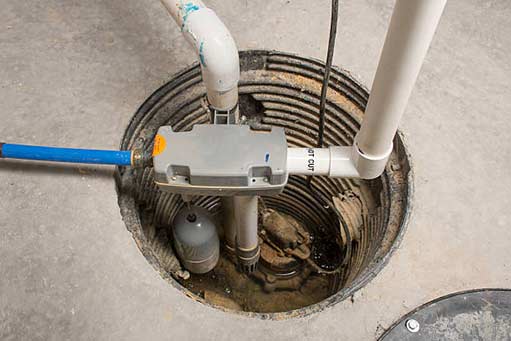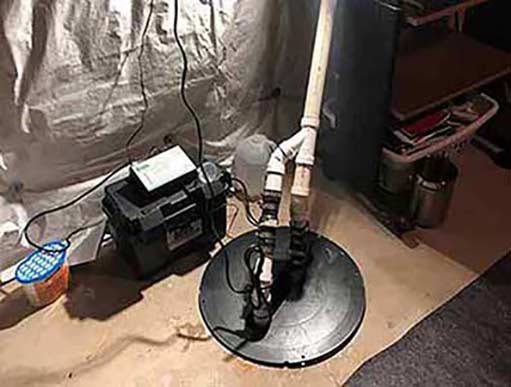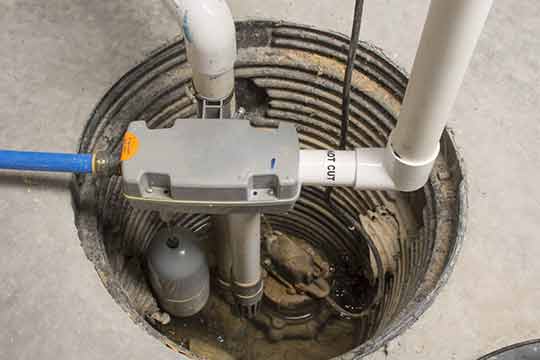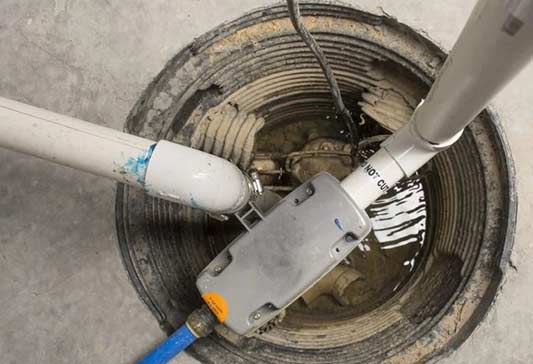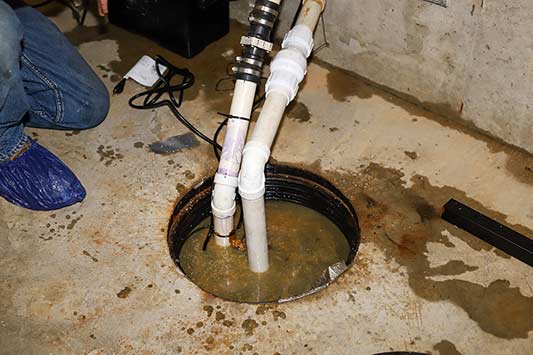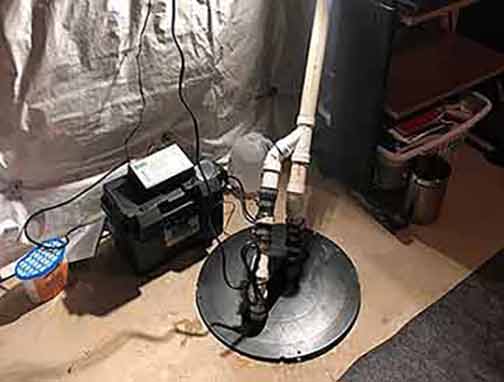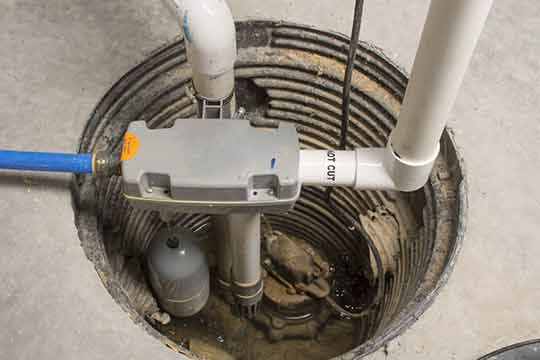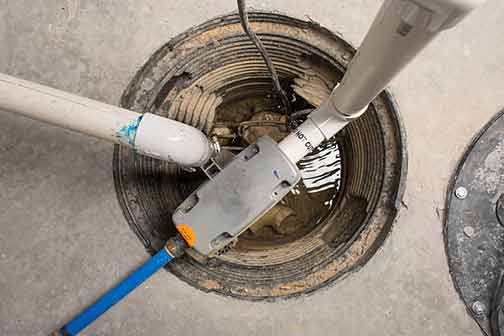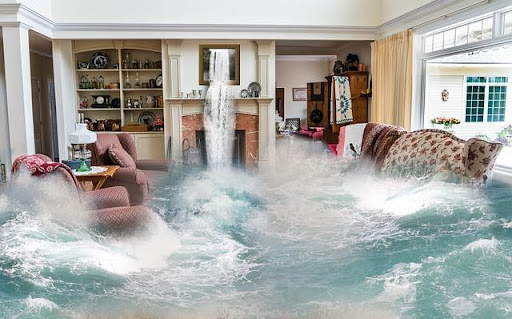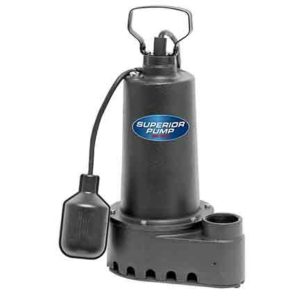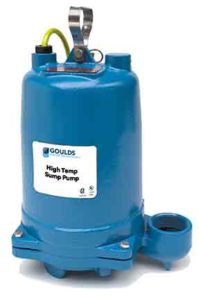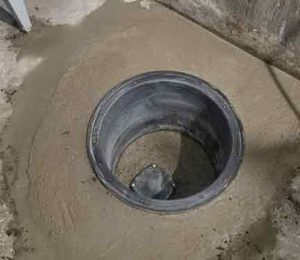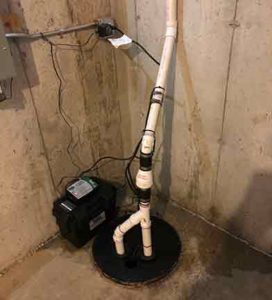
A sump pump plays a crucial role in keeping your basement dry and preventing water damage to your home. It is designed to remove water that accumulates in a sump basin, typically found in the basement of homes. By pumping out excess water, it helps to protect your property from flooding, mold growth, and structural damage. Understanding the importance of a sump pump is the first step in appreciating the need for regular maintenance and timely repairs. Learning how to fix a sump pump yourself can save you money from a premature sump pump replacement.
Identifying Common Sump Pump Problems
Before you can fix a sump pump that has stopped working, it is essential to identify the common problems that can affect its performance. Some of the most frequent issues include:
- Power failure or electrical issues
- Clogged or frozen discharge pipes
- Faulty float switch
- Damaged impeller
- Check valve malfunction
- Debris buildup in the sump basin
By recognizing these common problems, you can better diagnose the issue and take appropriate steps to resolve it.
Initial Checks Before Troubleshooting
Before diving into more detailed troubleshooting, it is important to perform some initial checks to rule out simple issues. Ensure that the sump pump is plugged in properly and that the circuit breaker has not tripped. Additionally, check for any obvious signs of damage or wear and tear. These preliminary checks can help you quickly identify and resolve minor problems without the need for extensive repairs.
Inspecting the Power Source
A common reason for a sump pump to stop working is a power failure or electrical issue. Start by inspecting the power source to ensure that the pump is receiving electricity. Check the power cord for any signs of damage, such as fraying or exposed wires. If the power cord appears to be in good condition, test the outlet by plugging in another device to see if it works. If the outlet is not providing power, you may need to reset the circuit breaker or replace a blown fuse.
Examining the Float Switch
The float switch is a critical component of the sump pump that activates the pump when the water level rises. If the float switch is not functioning properly, the pump may not turn on. To examine the float switch, remove the sump pump from the basin and inspect the switch for any visible damage or obstructions. Ensure that the float moves freely and is not stuck. If the float switch is damaged, it may need to be replaced to restore proper operation.
Clearing Obstructions in the Discharge Pipe
Clogged or frozen discharge pipes can prevent the sump pump from effectively removing water from the basin. To clear obstructions in the discharge pipe, start by disconnecting the pipe from the pump. Use a plumber’s snake or a power washer to remove any blockages. If the discharge pipe is frozen, thaw it using a heat gun or warm water. Once the pipe is clear, reconnect it to the pump and test the system to ensure proper water flow.

If your sump pump is old or has experienced significant damage, it may be more cost-effective to replace the sump pump rather than attempting extensive repairs
Checking the Impeller for Damage
The impeller is a rotating component that helps to move water through the sump pump. If the impeller is damaged or clogged with debris, the pump may not function correctly. To check the impeller, remove the pump from the basin and disassemble the housing to access the impeller. Inspect the impeller for any signs of damage, such as cracks or broken blades. Clean any debris from the impeller and housing, and replace the impeller if necessary.
Testing the Check Valve
The check valve is designed to prevent water from flowing back into the sump basin after it has been pumped out. A malfunctioning check valve can cause the pump to work harder and reduce its efficiency. To test the check valve, remove it from the discharge pipe and inspect it for any signs of wear or damage. Ensure that the valve opens and closes properly. If the check valve is faulty, replace it with a new one to maintain optimal pump performance.
Maintaining Your Sump Pump
Regular maintenance is key to ensuring the longevity and reliability of your sump pump. Some essential maintenance tasks include:
- Cleaning the sump basin and removing debris
- Inspecting and cleaning the pump and its components
- Testing the pump periodically to ensure it is functioning correctly
- Checking the discharge pipe for clogs or damage
- Replacing worn or damaged parts as needed
By performing these maintenance tasks, you can prevent many common issues and keep your sump pump in good working condition.
When to Call a Professional
While many sump pump issues can be resolved with DIY troubleshooting and repairs, there are times when it is best to call a plumber. If you are unable to identify the problem, or if the repairs are beyond your skill level, a professional plumber can provide expert assistance. Additionally, if your sump pump is old or has experienced significant damage, it may be more cost-effective to replace the sump pump rather than attempting extensive repairs. A plumber can help you determine the best course of action and ensure that your sump pump is operating efficiently.


